Common questions I get from pregnant patients about birth include the following:
- Do I need a strong pelvic floor to deliver a baby?
- What can I do to prepare for delivery?
- What can I do to have a shorter delivery?
- Is there anything that can be done to lessen the risk of tearing during vaginal delivery?
- Do I have to deliver my baby on my back, or are there other options?
We’re going to answer all these questions and more in this blog post, so hold on to your baby bump because we are ready to roll!
Let’s start with a little education on what happens at the pelvis during labor and delivery. This context is going to help you understand why certain things are going to potentially be better for your body and your baby during the process of childbirth.
There are 3 stages of labor but we’ll focus on how to help with the first 2 as the 3rd stage is delivering the placenta and most of the hard work has already been done.
The first stage is when labor begins. The baby starts to descend lower into the pelvis, and the cervix starts dilating. This is when you start feeling consistent contractions of the uterus. In this phase, the top part of the bony pelvis needs to be open. This is called the pelvic inlet. It’s where the baby needs to fit through to get further down into the pelvis and eventually out of the vagina (This part is called the pelvic outlet. More on this later).
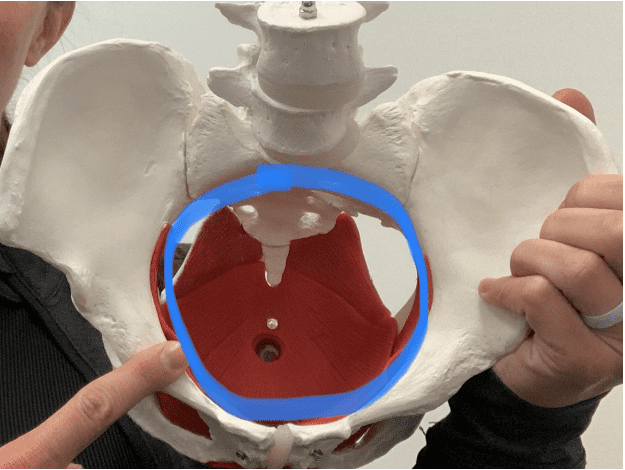
Picture above: Pelvic Inlet
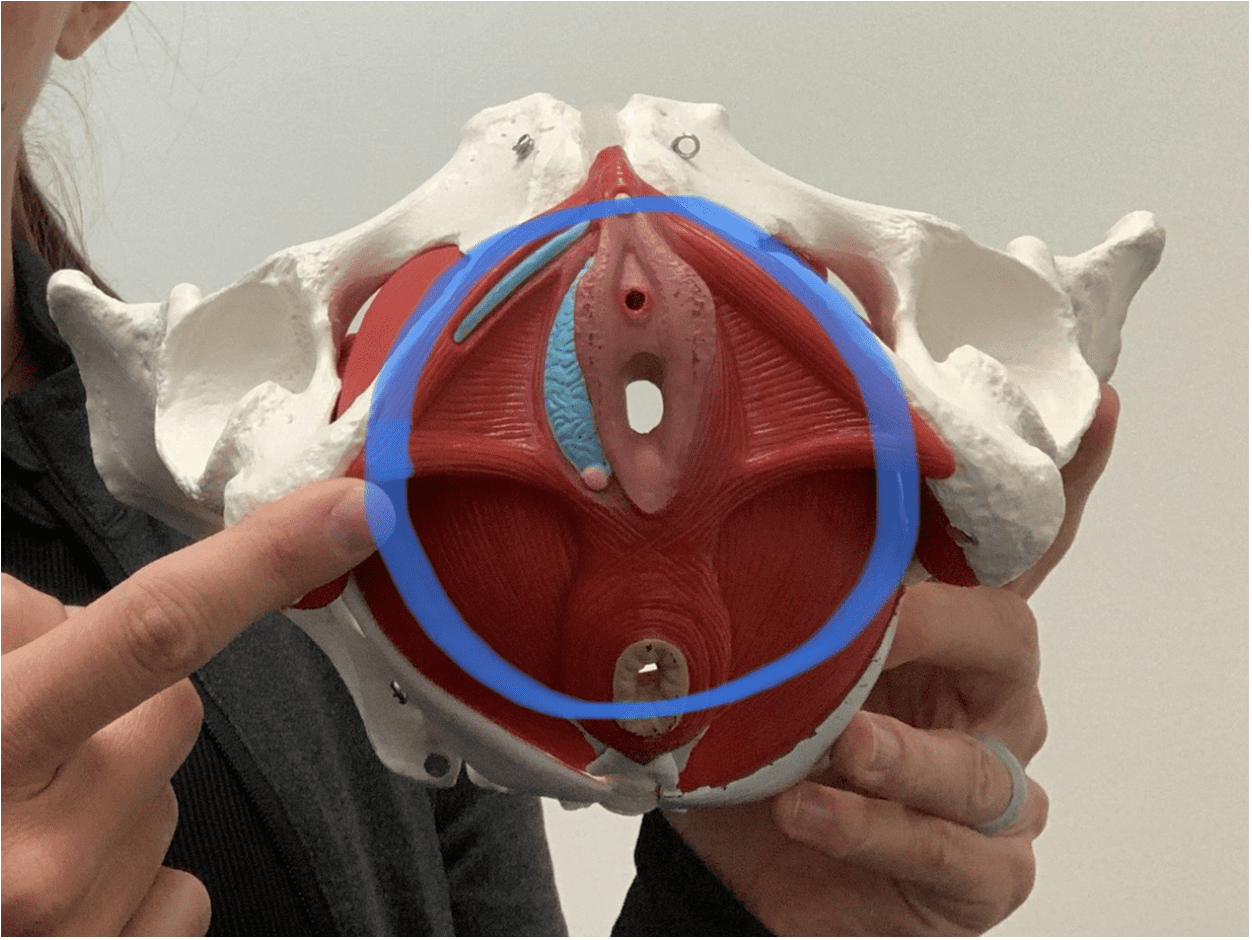
Pictured above: Pelvic Outlet
If you can keep the pelvic inlet more open during pregnancy and the first stage of labor, then this stage will progress easier. There are many ways to help this stay mobile and open throughout pregnancy, and then again during the first stage of labor. This is one reason why it’s helpful to see a pelvic floor physical therapist during pregnancy to address any tension you may have in your abdomen, low back, hips, and pelvic floor. Manual therapy throughout your pregnancy from your therapist can release any tight areas to make an easier descent for your baby, and certain mobility exercises can help your body stay mobile throughout your pregnancy and into this first stage. A few of my favorite mobility exercises that I often teach my pregnant patients are a deep supported squat with added upper body rotation, child’s pose, adductor thread the needle, and hip 90/90.
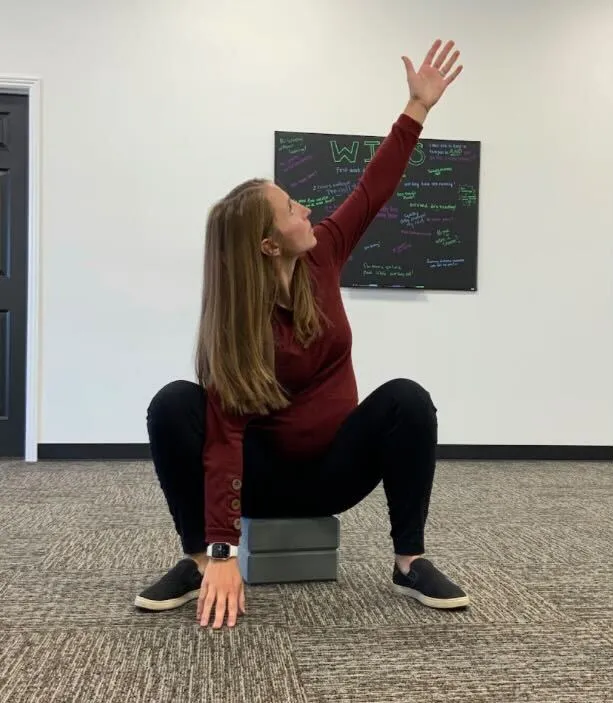
Pictured: supported squat with upper body rotation
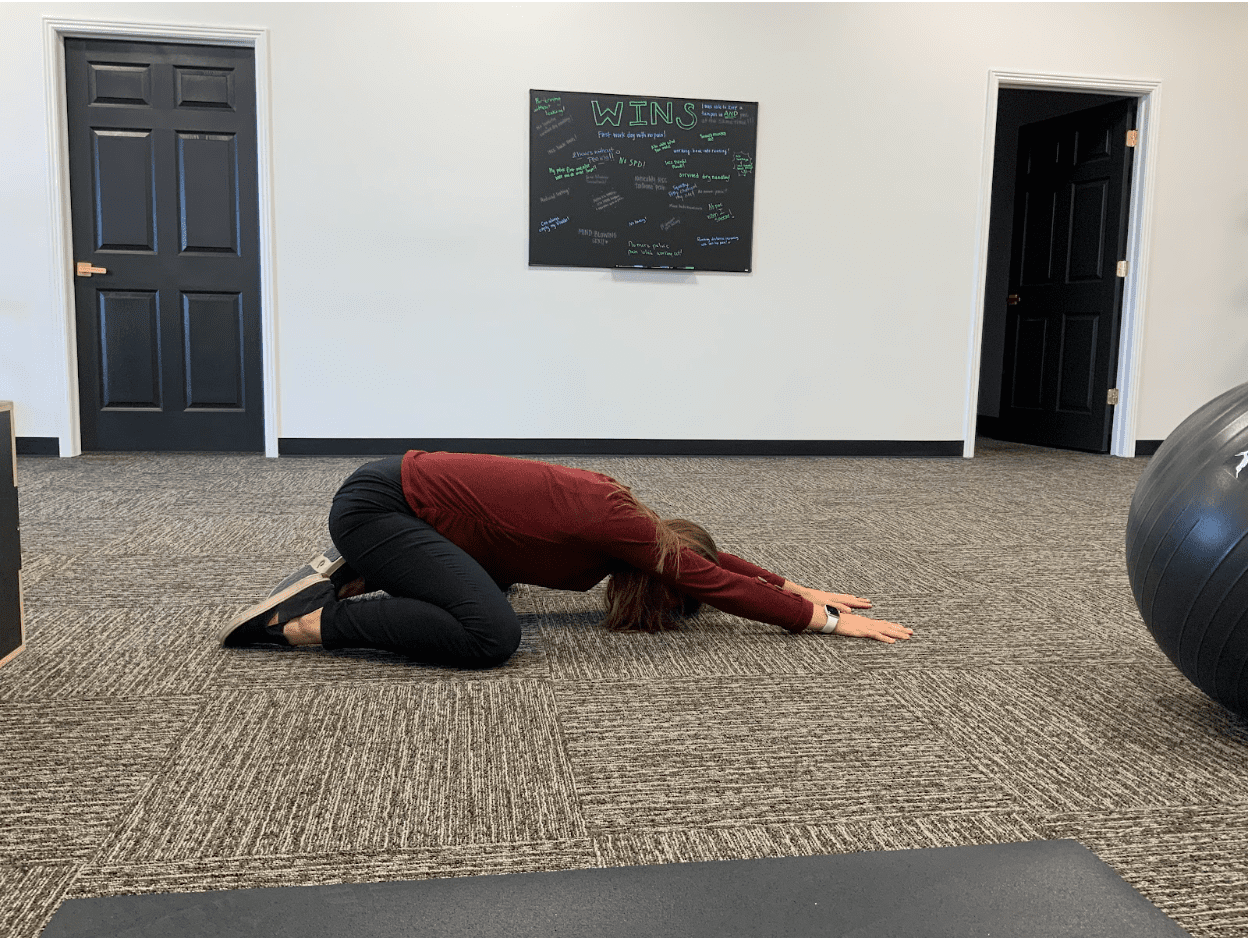
Pictured: child’s pose
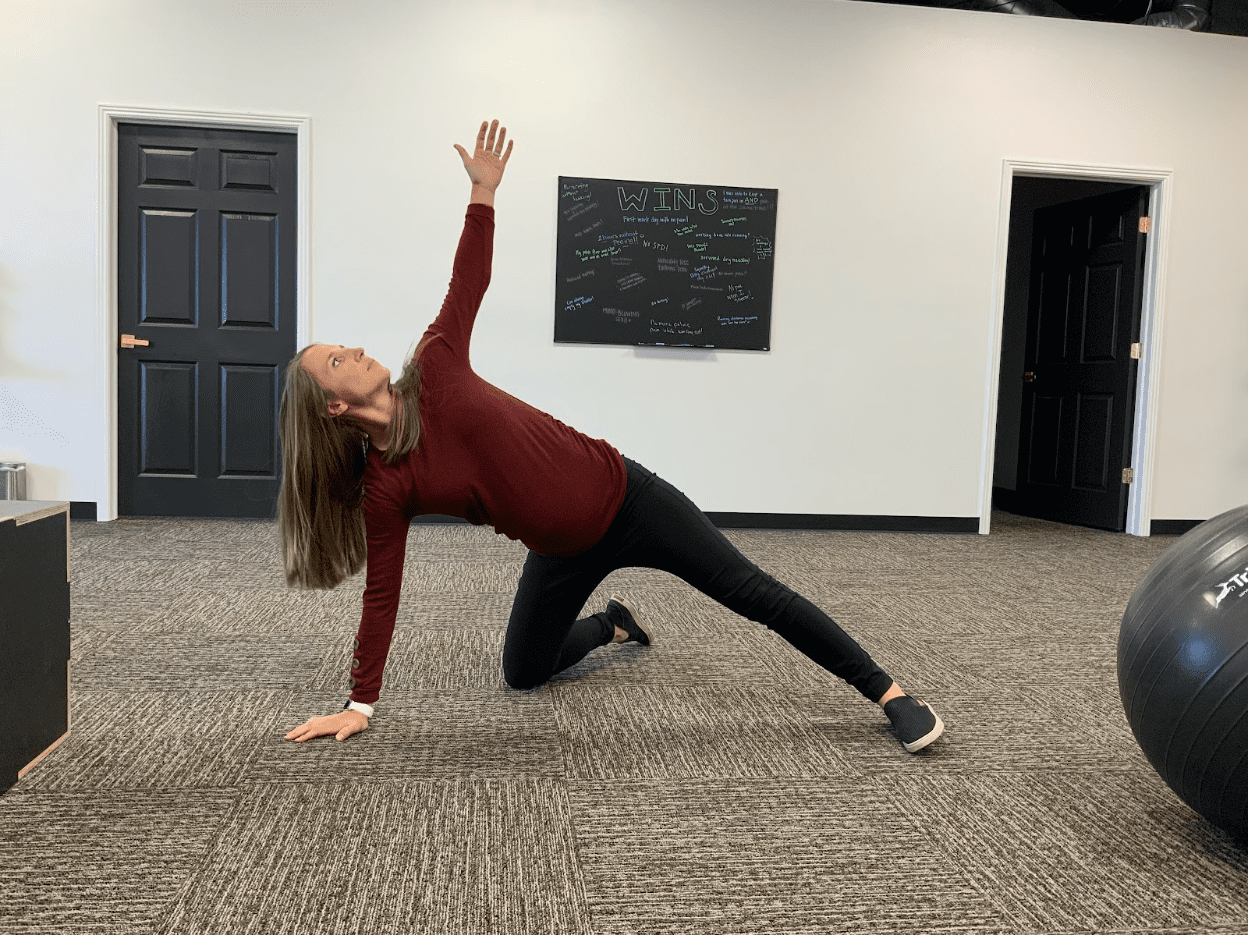
Pictured: adductor thread the needle
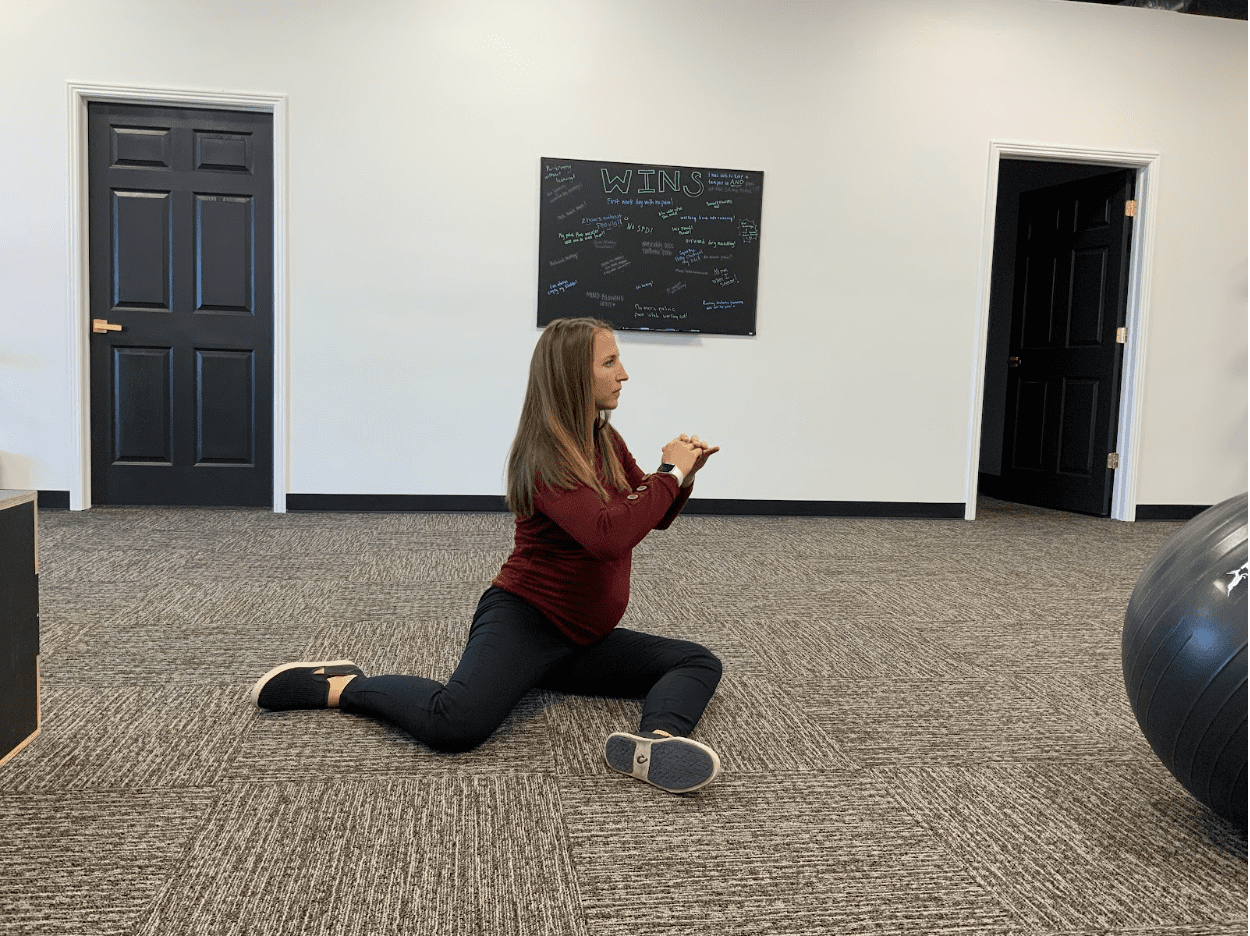
Pictured: Hip 90/90
The following pictures are some options for laboring positions during the first stage. Notice how gravity is helping the baby descend in these positions, and how hips are wide with some external rotation ( knees are rotated away from each other). This creates more space in the pelvic inlet. Movement in these positions like rocking side to side, or forward and backward also help keep things open. Pictured (in order) are: supported squat (birthing ball), supported kneeling (chair or bed), partner supported standing (pictured using a wall for support).
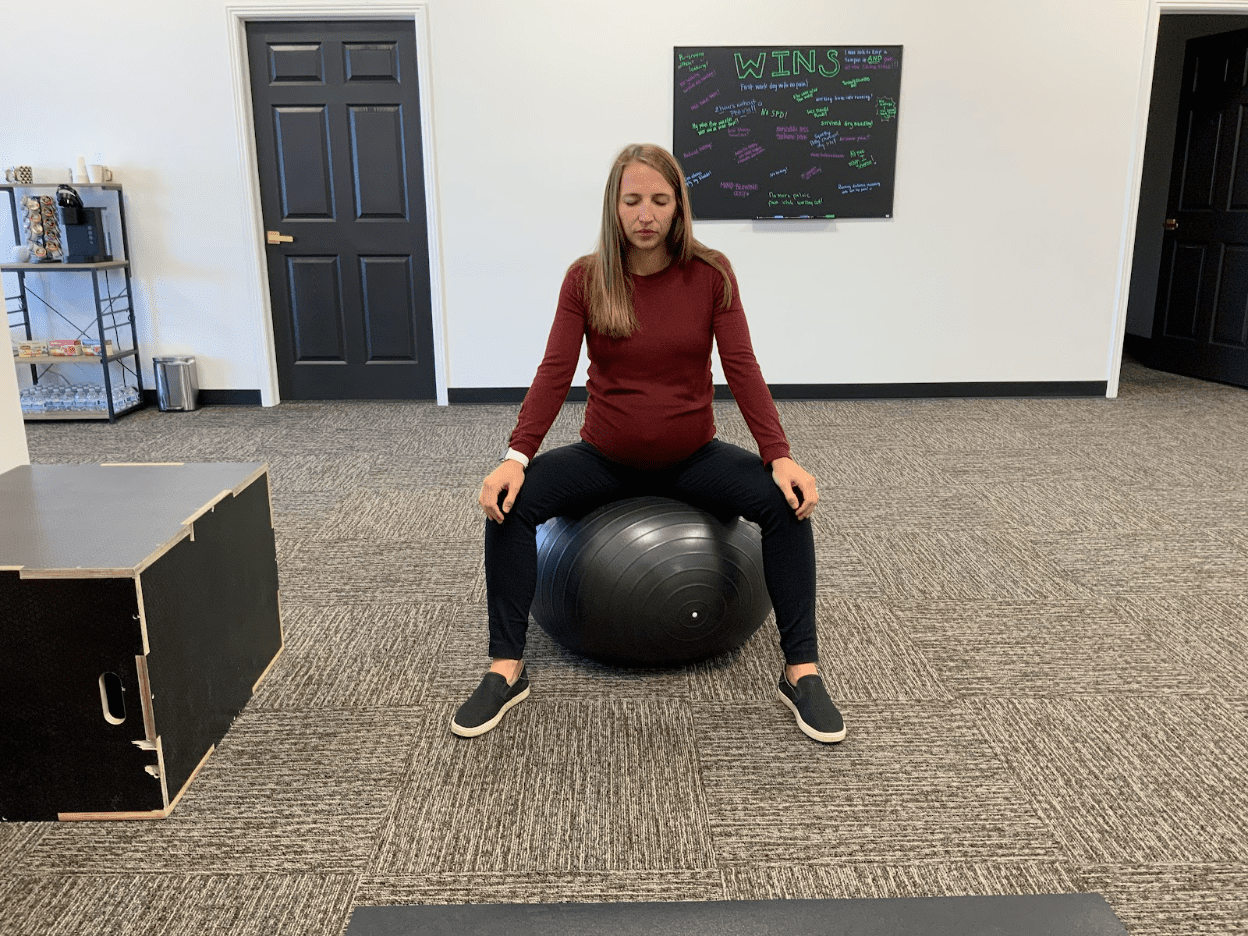
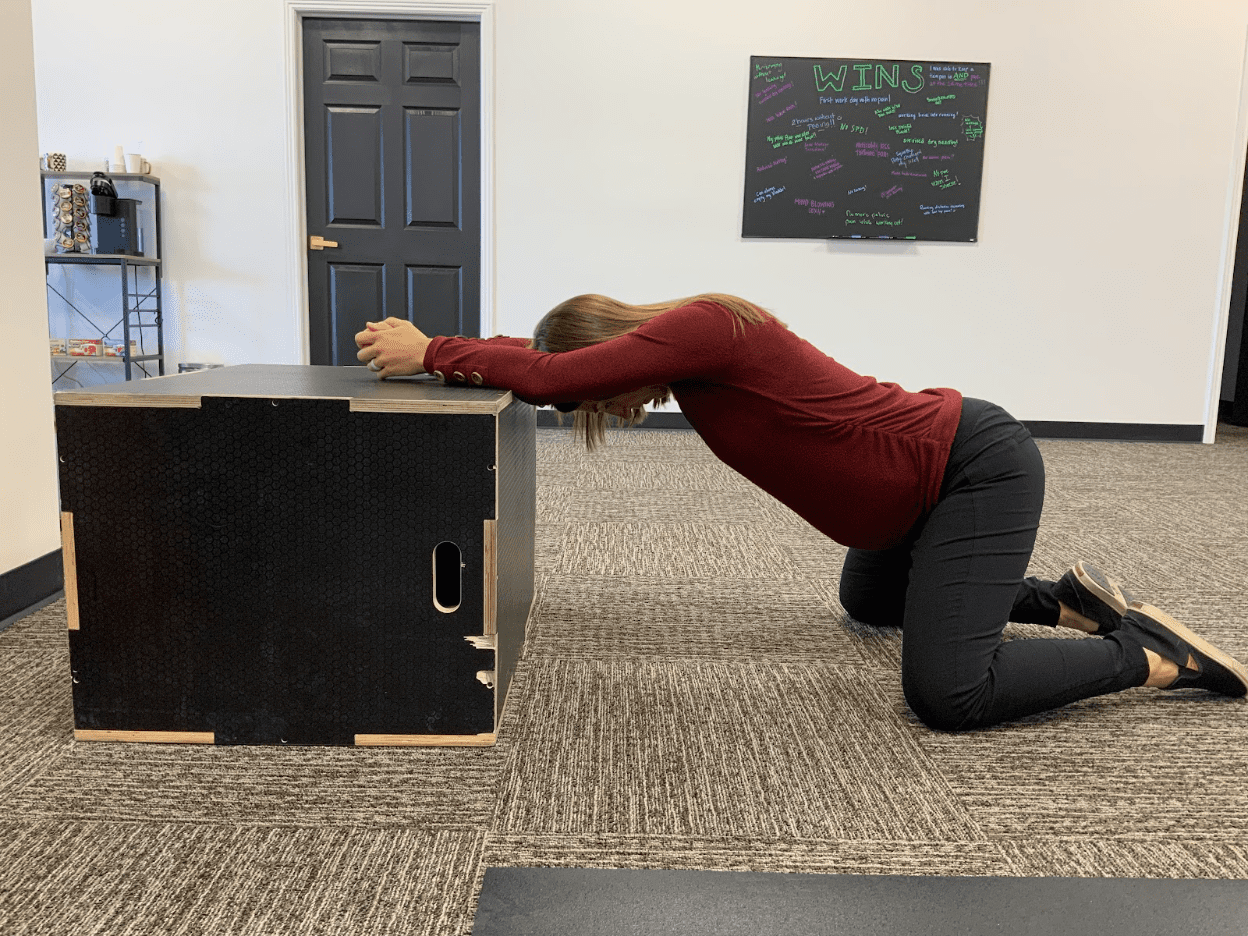
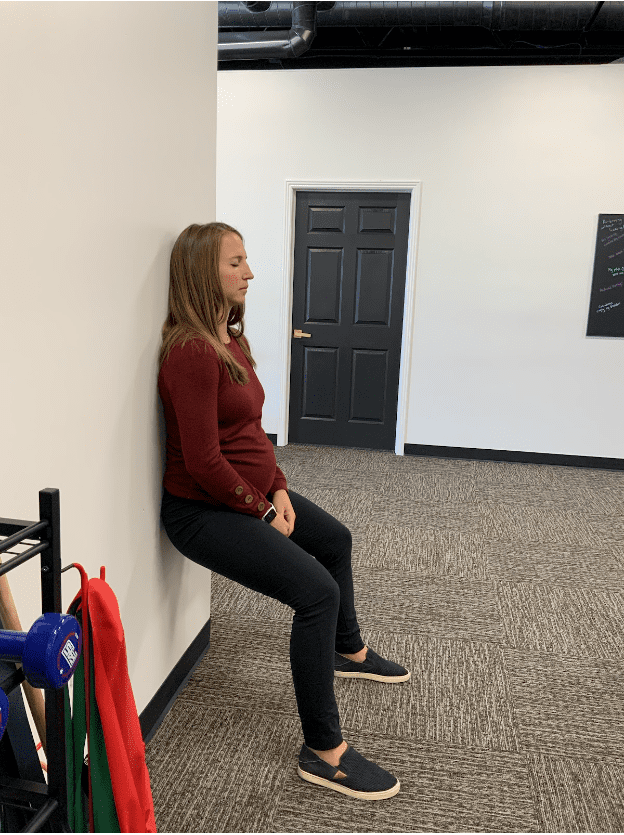
The second stage of labor is when the cervix is fully dilated and the baby is ready to engage and get out. When I say “engage”, you will feel a change in your body where now during contractions it will feel less like your body squeezing the uterus to open the cervix, and more like you have to bear down to poop. You now have the very strong urge to push the baby down and out. In this stage, keeping the pelvic outlet relaxed and open is key. Hip internal rotation (now knees are rotated in towards each other) will help keep the pelvic outlet relaxed and open. Gravity can also help progress this stage of labor. Some options for delivering in this position are sidelying with a peanut ball/or your upper leg supported by a partner, kneeling with some hip internal rotation, squatting with or without support from a partner behind you with hip internal rotation, on your hands and knees with hips internally rotated.
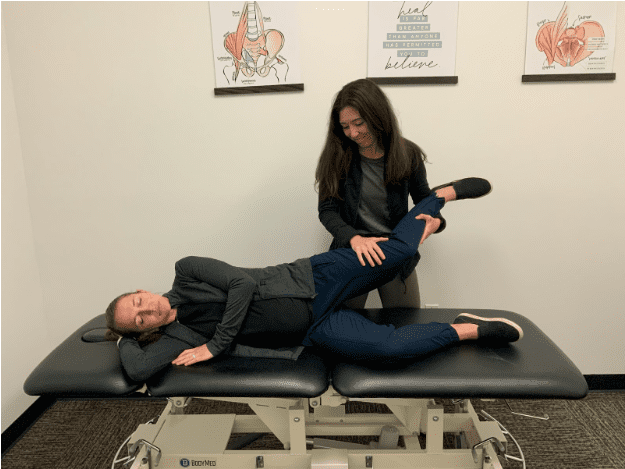
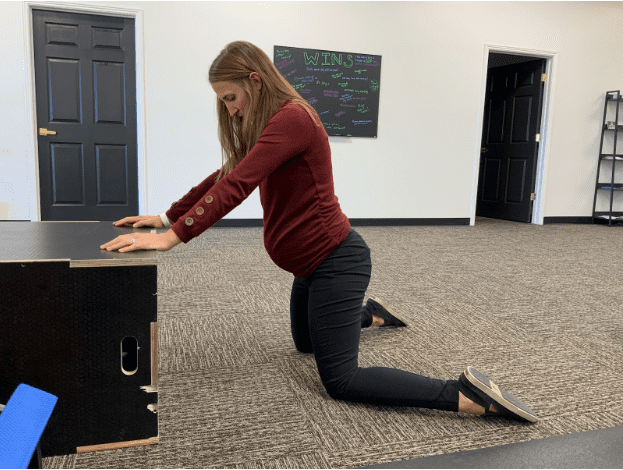
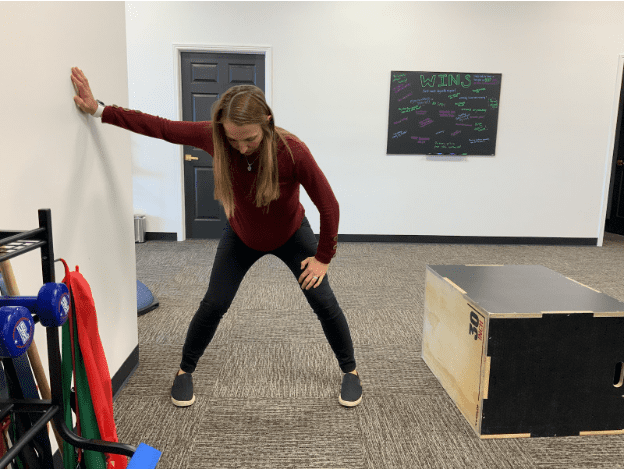
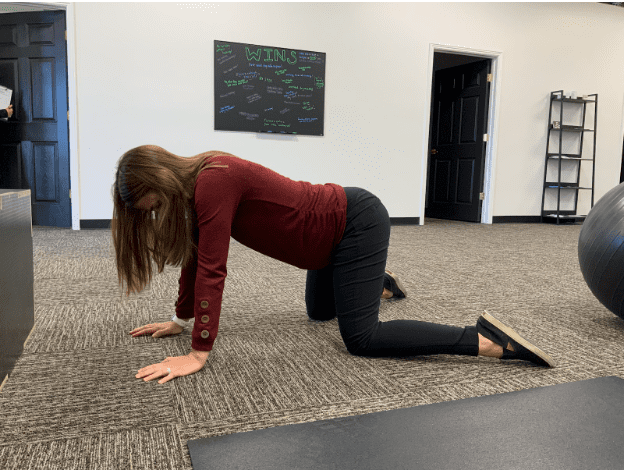
Something else that is extremely helpful when preparing for the second stage of labor and the actual delivery of your baby is perineal massage. This is often recommended to start around 36 weeks of pregnancy and can be performed by a partner or yourself. It entails a moderate amount of pressure while massaging the sides and bottom of the vaginal opening, creating a “U” shape. It can be done with 1 or 2 fingers and should be uncomfortable but not extremely painful. This will help stretch and prep the tissues for the baby’s exit. Your pelvic therapist can assist you further in how to perform this correctly and if you are ready to perform this. Research has shown that perineal massage reduces the amount of tearing with a vaginal birth and I recommend it to all my pregnant mommas!
Let’s talk about one more thing that can help keep our muscles relaxed and mobile during the different stages of labor. This is called diaphragmatic breathing. Diaphragmatic breathing does a plethora of beneficial things to our body including but not limited to calming the nervous system, releasing hormones that relax and calm our body, lessen our pain response, mobilize our tissues and muscles in the abdomen, back, rib cage, and pelvic floor, and build a better brain-body connection to the pelvic floor muscles. You can imagine that all of these things would be helpful during labor, so keep this in mind when your pelvic floor therapist gives you “breathing” as one of your exercises. I know what you’re thinking – “I breathe on my own every day!” – but with intentional diaphragmatic breathing, you really can accomplish all of these things to help with an easier birth. A good way to start accomplishing a breath using more of your diaphragm is to put both of your hands on either side of your rib cage and breathe out into them. You can imagine a balloon filling up with air, or your rib cage like an umbrella that is opening up. On the inhale, you should feel expansion into your ribs, your chest, your belly and you guessed it, your pelvic floor. Practicing this for a few minutes daily will help you do this type of breath more easily while you are laboring. Oftentimes in the clinic, you will hear us call this “360 deg breathing” to encompass the full expansion that should be happening with true diaphragmatic breathing.
Now you may have noticed that I haven’t talked even once about a “kegel”. A common misconception about giving birth is that you need to have strong pelvic floor muscles to deliver your baby. I hope you understand at this point that it’s not about having a strong pelvic floor but having a mobile one. Our uterus is doing all the hard work of pushing the baby out, and it will do that without any additional training from us. What we can do is to make sure we get our muscles out of the way while the uterus does that. Are strong pelvic floor muscles helpful during pregnancy and recovery after birth? Absolutely! But that’s a post for another day. 😉
Please reach out to Reborn Pelvic Health & Wellness for a more individualized treatment plan to help you prepare for your birth and reach your birthing goals!
Written By: Dr. Danaya Kauwe, PT, DPT

